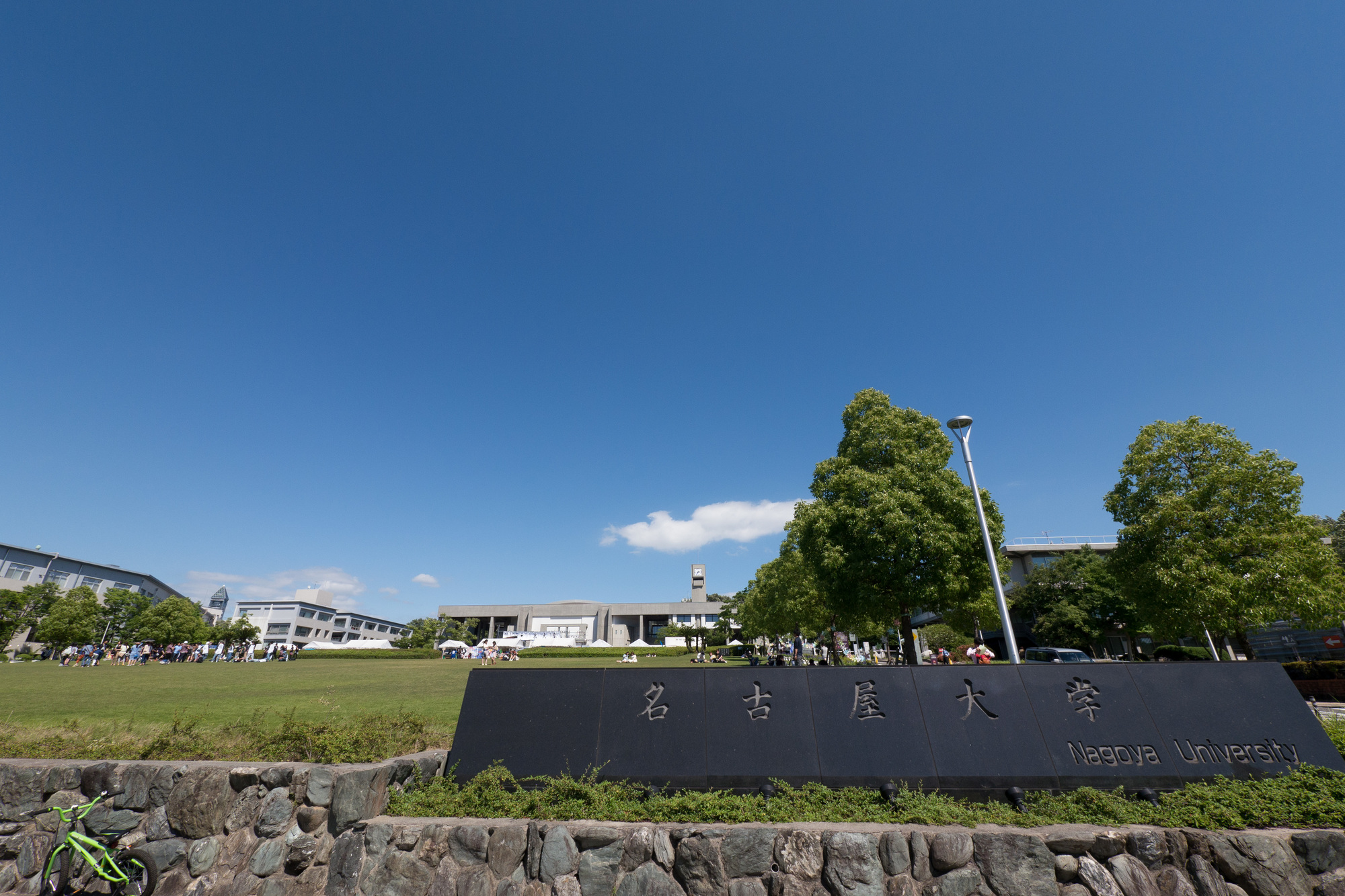The group of Professor Noriaki Sato of Nagoya University and others discovered a quasicrystal that becomes superconducting for the first time in the world through joint research with Toyota Technological Institute, Tohoku University, and Toyota Physical and Chemical Research Institute.
Solids are classified into three types.Crystals are regularly aligned with atoms, glass is called "amorphous", and the atomic arrangement is random. The atomic arrangement of "quasicrystals" is seemingly messy, but in reality it follows certain rules.Of these, only quasicrystals were not found to exhibit superconductivity.In order to become superconducting, it is necessary for an attractive force to act between the electrons to form a pair, so it was thought that the electrons in the quasicrystal could not form a pair.
This time, quasicrystals are synthesized by a high-speed quenching method by combining three elements, aluminum (Al), zinc (Zn), and magnesium (Mg).This sample was cooled to an ultra-low temperature of 3 Kelvin or less using a dilution refrigerator, and various physical quantities were measured.As a result, the electrical resistance suddenly became zero near 0.04 Kelvin (-0.05 ° C), the magnetization decreased, and the specific heat increased sharply.It was clarified that the quasicrystal sample becomes superconducting at an ultra-low temperature of 273.1 Kelvin due to the characteristics showing such a superconducting state.
Furthermore, detailed studies have been conducted on the fact that superconductivity develops only at ultra-low temperatures close to absolute zero, and it is found that this low transition temperature (the temperature at which the transition to superconductivity occurs) is a characteristic of quasicrystals. Turned out.It was also shown that the superconductivity of quasicrystals may form a different type of pair from the conventional superconductivity.
This discovery has important implications in that it reveals that gravitational forces also act on electrons in quasicrystals.It is expected that this research, which is considered to be the beginning of quasicrystal superconductivity research, will lead to the elucidation of new types of superconductivity in the future.
Paper information:[Nature Communications] Discovery of superconductivity in quasicrystal



